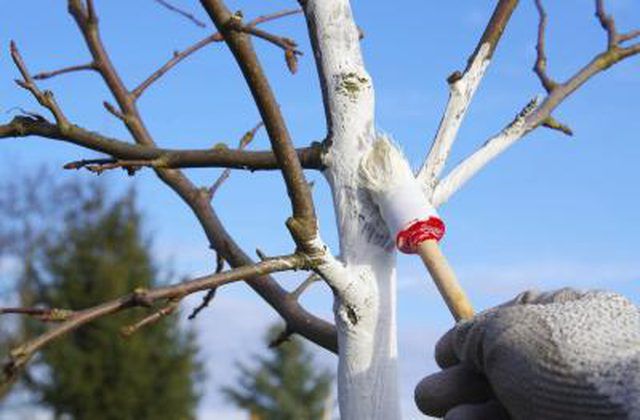Bulbs
Flower Basics
Flower Beds & Specialty Gardens
Flower Garden
Garden Furniture
Garden Gnomes
Garden Seeds
Garden Sheds
Garden Statues
Garden Tools & Supplies
Gardening Basics
Green & Organic
Groundcovers & Vines
Growing Annuals
Growing Basil
Growing Beans
Growing Berries
Growing Blueberries
Growing Cactus
Growing Corn
Growing Cotton
Growing Edibles
Growing Flowers
Growing Garlic
Growing Grapes
Growing Grass
Growing Herbs
Growing Jasmine
Growing Mint
Growing Mushrooms
Orchids
Growing Peanuts
Growing Perennials
Growing Plants
Growing Rosemary
Growing Roses
Growing Strawberries
Growing Sunflowers
Growing Thyme
Growing Tomatoes
Growing Tulips
Growing Vegetables
Herb Basics
Herb Garden
Indoor Growing
Landscaping Basics
Landscaping Patios
Landscaping Plants
Landscaping Shrubs
Landscaping Trees
Landscaping Walks & Pathways
Lawn Basics
Lawn Maintenance
Lawn Mowers
Lawn Ornaments
Lawn Planting
Lawn Tools
Outdoor Growing
Overall Landscape Planning
Pests, Weeds & Problems
Plant Basics
Rock Garden
Rose Garden
Shrubs
Soil
Specialty Gardens
Trees
Vegetable Garden
Yard Maintenance
Why Do People Paint the Bottom of Trees White?
Why Do People Paint the Bottom of Trees White?. Moisture travels up through a tree from its roots via a vascular system that operates much like household plumbing. In plants, the fibrous pathways that conduct the water up from the soil are called xylem, and they're constructed of millions of cells that move the water from the roots to the tips of...

Moisture travels up through a tree from its roots via a vascular system that operates much like household plumbing. In plants, the fibrous pathways that conduct the water up from the soil are called xylem, and they're constructed of millions of cells that move the water from the roots to the tips of the leaves. In winter, tree trunks warm and cool depending on how much sunlight they absorb. This allows the sap to flow during the day, but once night-time temperatures drop below 32 degrees Fahrenheit, it freezes, causing the tree's tissues to tear. This is particularly harmful to fruit trees, whose crops are often seriously affected by winter damage. Whitewashing tree trunks help reflect sunlight, which helps the trunk from overheating.
Damage Control
Applying whitewash to the trunks of fruit trees in late fall creates a barrier that reflects rather than absorbs the sunlight. Apply the paint from ground level to the bottom branches. The result is the sap in the xylem closest to the surface of the tree beneath the bark remains at a relatively stable temperature all winter and does not experience alternate episodes of freezing and thawing. The whitewash also prevents sunscald during the winter months on other types of trees that results in the death of the tissues on the side of the tree exposed to the most sunlight. According to the Oregon State University Extension website, whitewash is a blend of salt, water and hydrated lime, or made by equal parts white exterior latex paint and water.